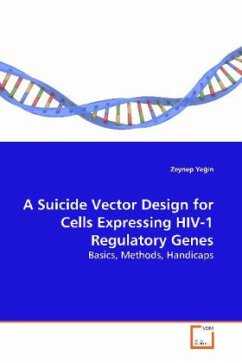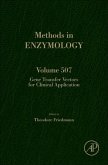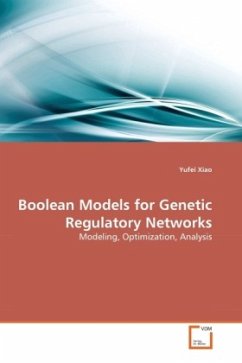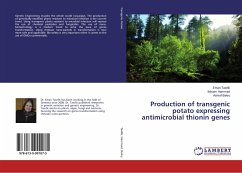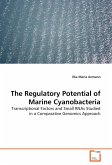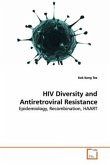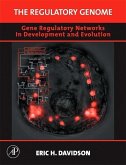In this study, expression profiles of the toxic gene
HSV-1 TK on parental HeLa cells and HeLa cells
expressing HIV-1 regulatory genes was desired to be
assessed. The toxic gene (suicide gene) presumed to
create the desired effect was placed under the
transcriptional control of HIV promoter LTR and so
that the expression of the toxic gene was made
dependent upon the tat regulator gene of HIV. In
order to prevent leaky gene expression stemming from
the basal gene expression from LTR even if it was not
induced by Tat, and thereby having potential to
damage healthy cells, the prerequisite cis-acting DNA
sequences were cloned downstream of the toxic gene.
So that, the transcripts produced could retain in the
nucleus and would require the function of a second
regulator protein Rev for being transmitted into
the cytoplasm. However, since the generation of
stable cell lines expressing Tat and Rev proteins
could not be achieved, the possibility of working
with the suicide vector constructed for this purpose
was out of question. In this book, the strategies and
the handicaps will be discussed for researchers who
aim to develop cloning based approaches to prevent
HIV infection.
HSV-1 TK on parental HeLa cells and HeLa cells
expressing HIV-1 regulatory genes was desired to be
assessed. The toxic gene (suicide gene) presumed to
create the desired effect was placed under the
transcriptional control of HIV promoter LTR and so
that the expression of the toxic gene was made
dependent upon the tat regulator gene of HIV. In
order to prevent leaky gene expression stemming from
the basal gene expression from LTR even if it was not
induced by Tat, and thereby having potential to
damage healthy cells, the prerequisite cis-acting DNA
sequences were cloned downstream of the toxic gene.
So that, the transcripts produced could retain in the
nucleus and would require the function of a second
regulator protein Rev for being transmitted into
the cytoplasm. However, since the generation of
stable cell lines expressing Tat and Rev proteins
could not be achieved, the possibility of working
with the suicide vector constructed for this purpose
was out of question. In this book, the strategies and
the handicaps will be discussed for researchers who
aim to develop cloning based approaches to prevent
HIV infection.

